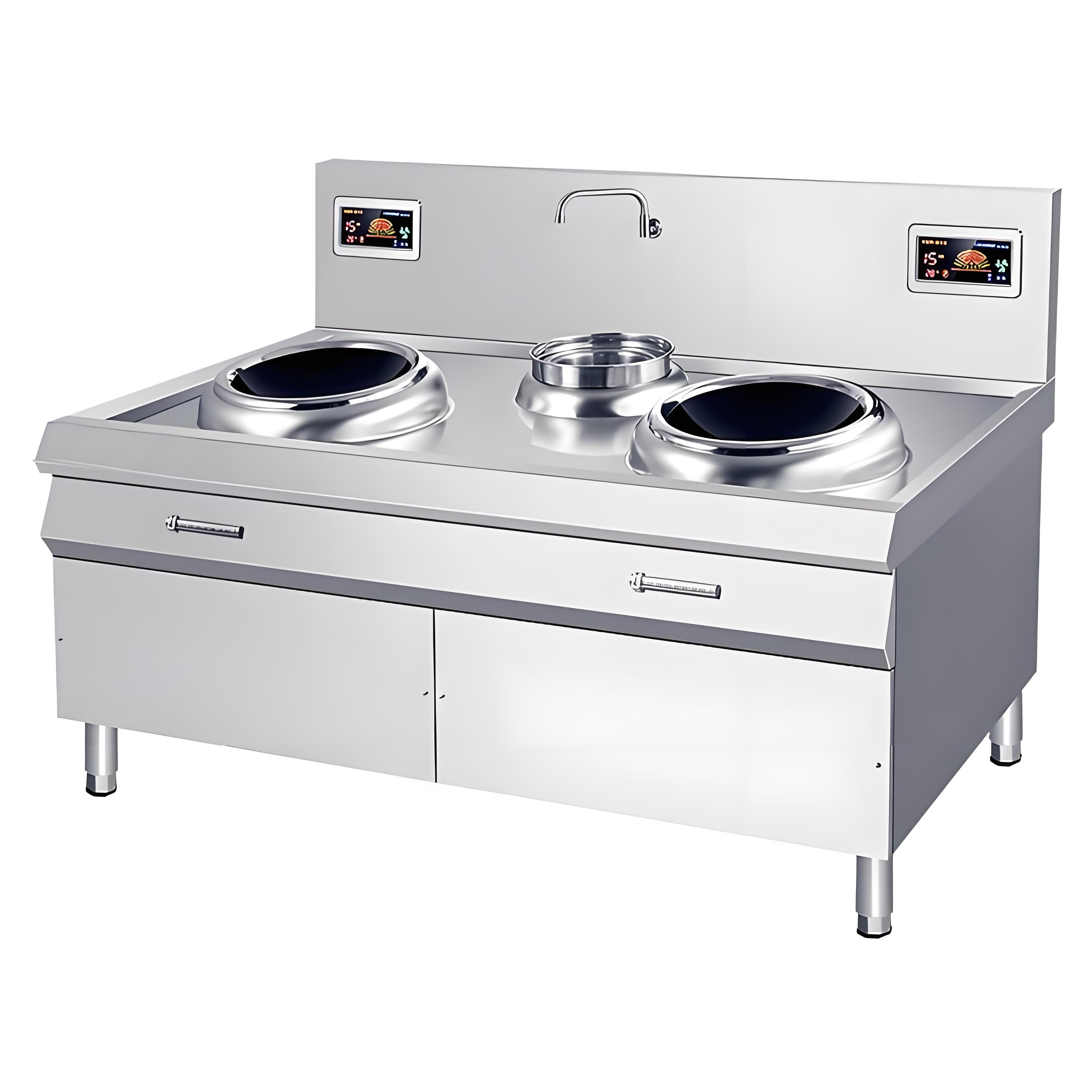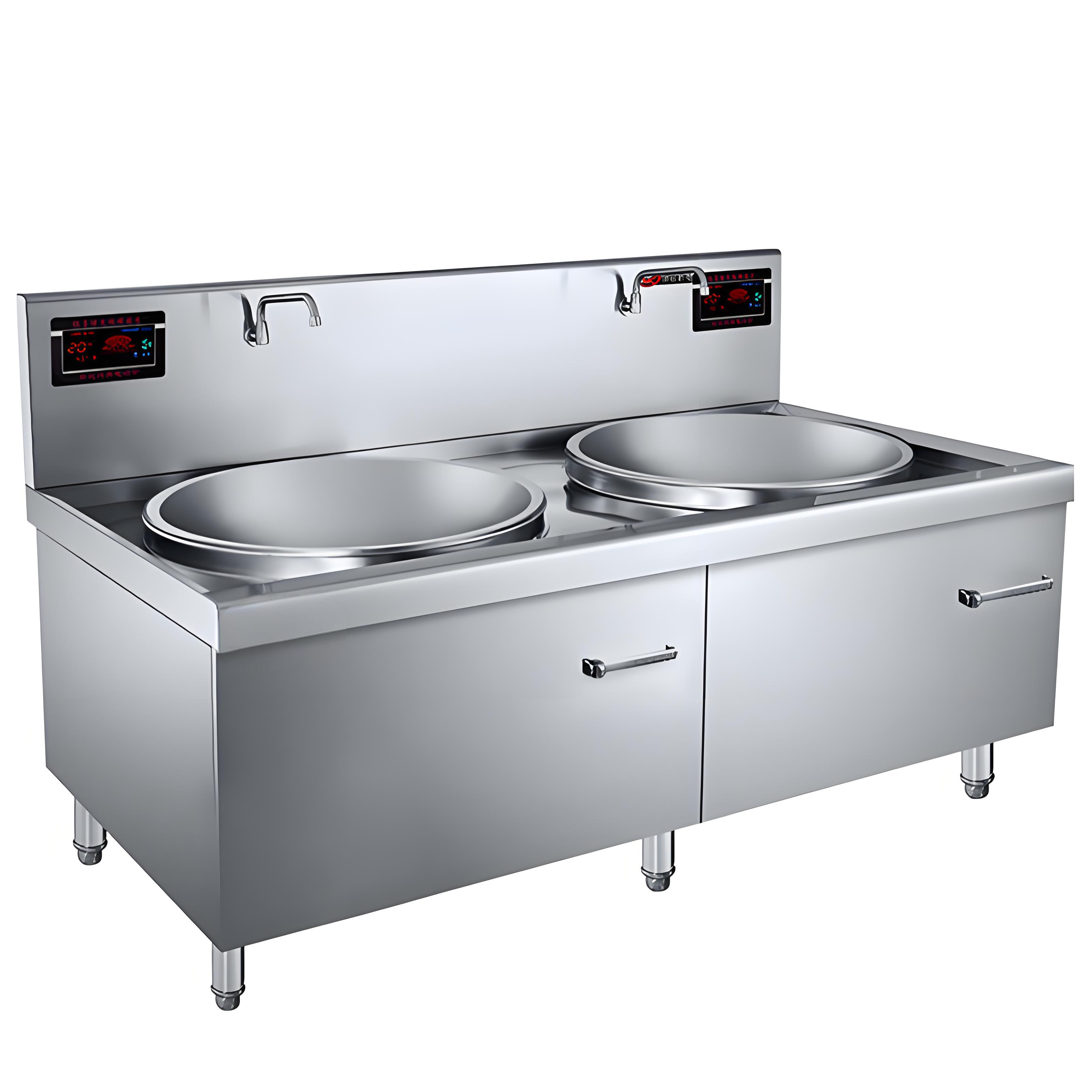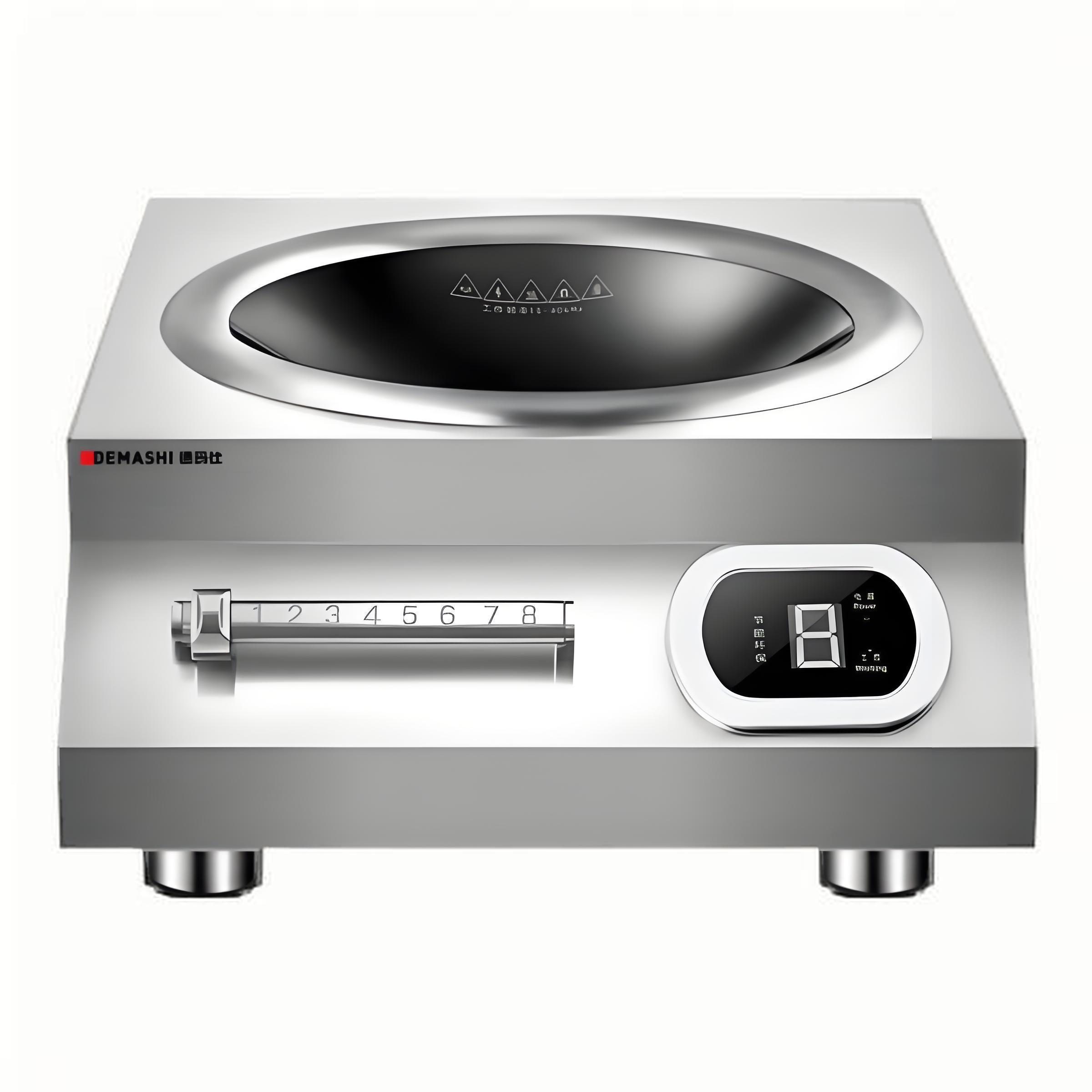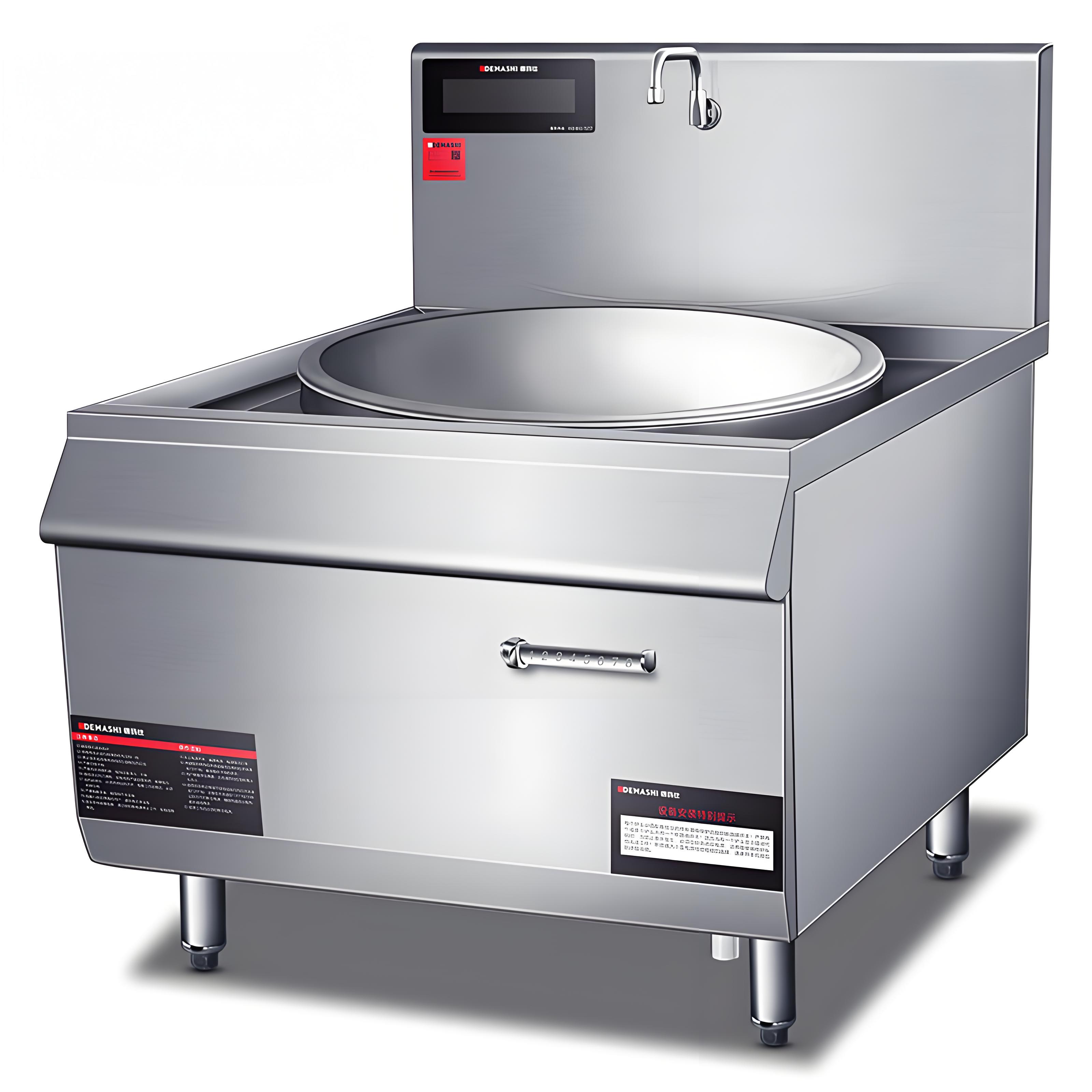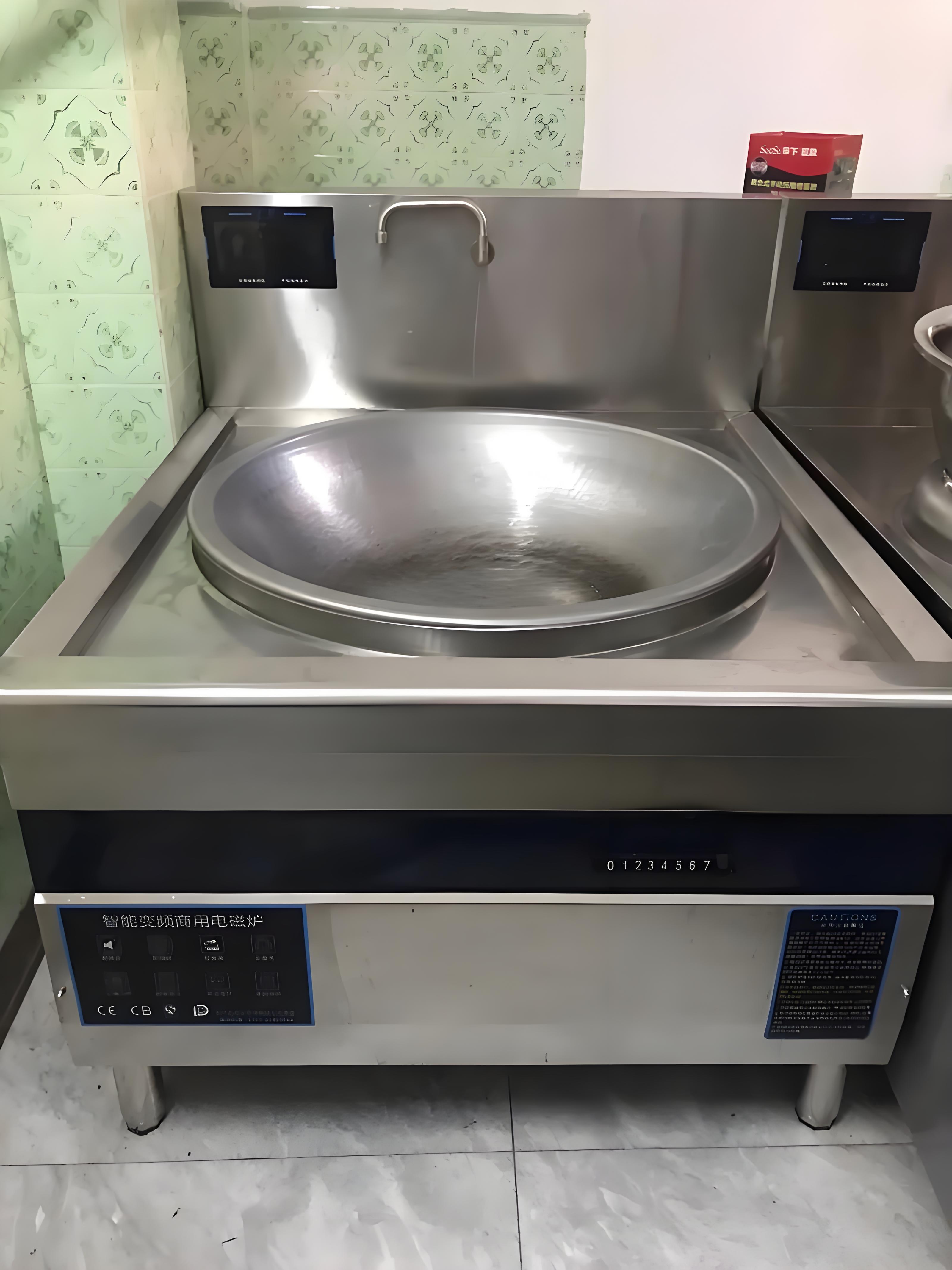Having spent over a decade working with commercial kitchen equipment, from bustling restaurant kitchens to catering setups, I’ve seen how commercial induction cooktops have transformed cooking with their speed, efficiency, and precision. But one question that keeps popping up from chefs, restaurant owners, and catering managers is: how long can these cooktops run continuously without breaking a sweat? It’s a critical concern when you’re running a high-volume kitchen where downtime isn’t an option. Drawing from my hands-on experience and technical knowledge, I’ll dive into the factors that determine continuous use duration, share practical tips for safe operation, and offer insights to keep your induction cooktop performing at its best.
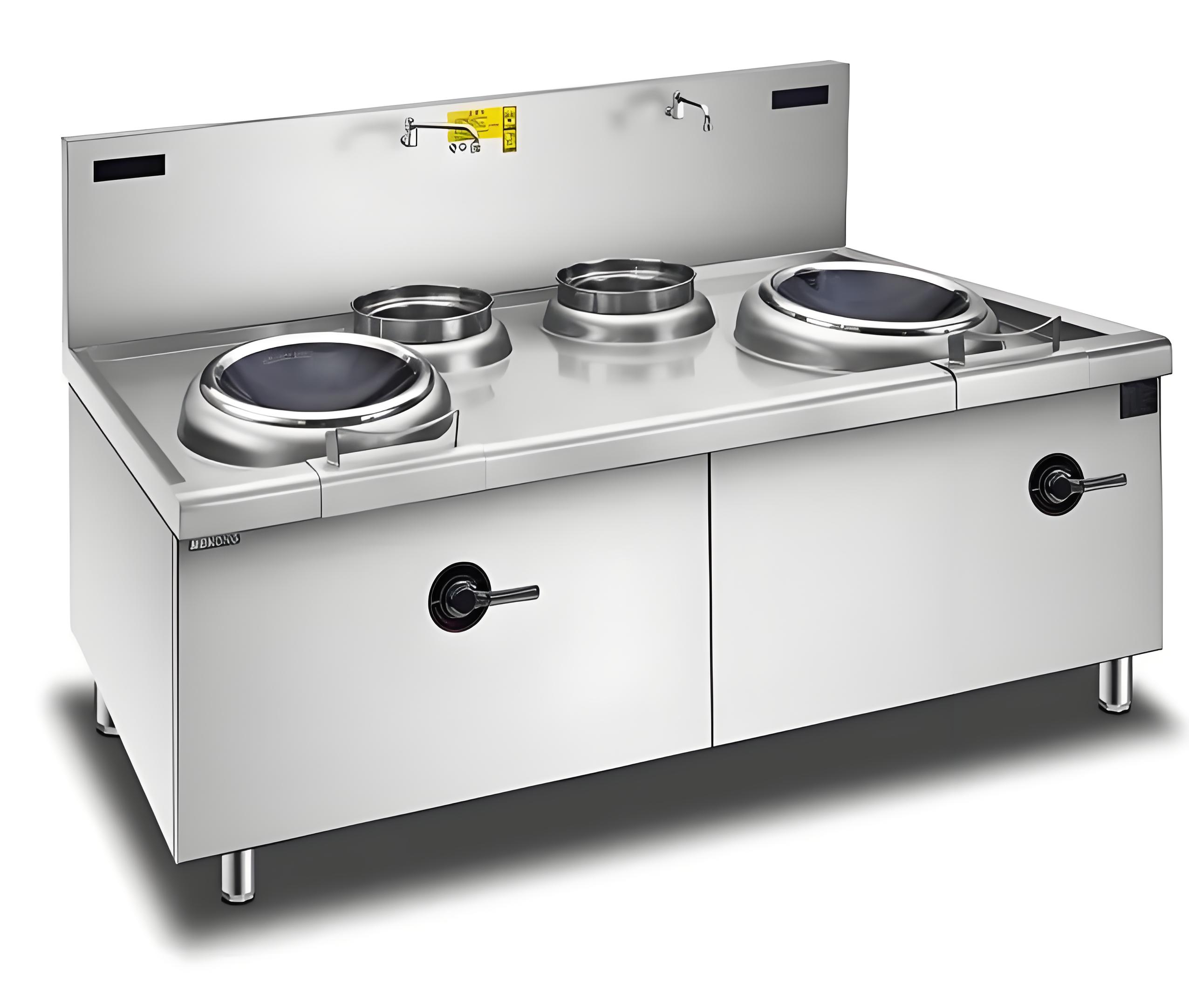
Understanding Commercial Induction Cooktops
Commercial induction cooktops use electromagnetic fields to heat cookware directly, offering rapid heating and energy efficiency compared to gas or traditional electric stoves. They’re a staple in professional kitchens due to their precise temperature control, safety features (no open flames), and easy cleanup. However, continuous use in a demanding environment—like a restaurant serving hundreds of meals—raises questions about durability, heat management, and performance limits.
In my years consulting for kitchens, I’ve seen induction cooktops handle everything from quick lunch rushes to marathon catering events. But their ability to run continuously depends on several factors: the cooktop’s design, power rating, cooling system, and how it’s used. Let’s break it down.
How Long Can They Run? The Short Answer
Most commercial induction cooktops are designed for continuous operation ranging from 4 to 12 hours, depending on the model, power output, and environmental conditions. High-end units with robust cooling systems can often handle 8-12 hours of nonstop use, while entry-level or portable models may need breaks after 4-6 hours to prevent overheating. However, this isn’t a one-size-fits-all answer—several variables come into play, and I’ll explore them below to help you maximize safe usage.
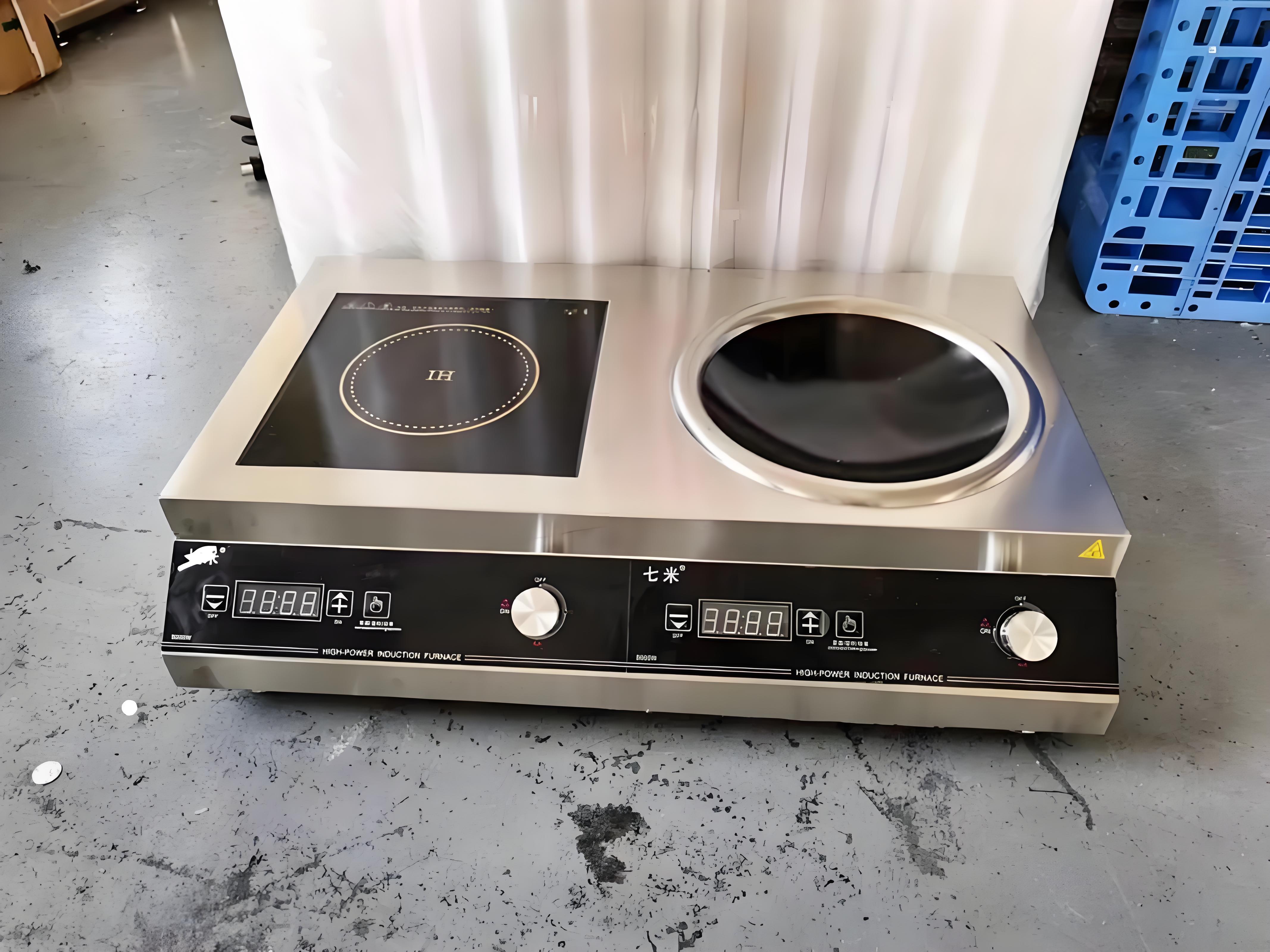
Factors Affecting Continuous Use Duration
1. Cooktop Design and Build Quality
Commercial induction cooktops vary widely in build quality. Heavy-duty models designed for restaurants typically feature:
High-quality components: Industrial-grade electronics and durable stainless steel bodies.
Advanced cooling systems: Multiple fans or enhanced ventilation to dissipate heat.
Higher power ratings: 3,000-5,000 watts for sustained high-output cooking.
In contrast, portable or entry-level models (1,800-2,500 watts) are better suited for lighter tasks, like catering events or food trucks, and may overheat faster during continuous use.
My Experience: I once worked with a high-end restaurant that ran four 3,500-watt induction cooktops for a 10-hour service. The units, designed for heavy use, performed flawlessly thanks to their dual-fan cooling systems. Meanwhile, a food truck client using a portable 1,800-watt model had to pause after 5 hours to let it cool.
2. Power Output and Usage Intensity
The power setting you use impacts how long the cooktop can run:
High-power settings (e.g., boiling or searing at max wattage) generate more heat in the cooktop’s internal components, reducing continuous runtime.
Low to medium settings (e.g., simmering or sautéing) are less taxing, allowing longer operation.
My Tip: If you’re running a cooktop continuously, alternate between high and low settings to reduce strain. For example, use high power for quick searing, then lower it for simmering.
3. Cooling and Ventilation
Induction cooktops generate heat in their electronics, not just the cookware. Adequate cooling is critical for continuous use:
Built-in fans: Most commercial units have fans to cool internal components. Ensure vents are unobstructed.
Ambient temperature: Kitchens hotter than 30°C (86°F) can stress the cooktop, reducing runtime.
Ventilation: Poor airflow (e.g., placing the cooktop in a cramped space) can cause overheating.
My Story: During a busy catering event, a client’s cooktop shut off after 6 hours. The issue? It was placed against a wall, blocking the vents. Moving it to an open counter with better airflow solved the problem.

4. Electrical Supply
A stable power supply is crucial. Voltage fluctuations or undersized circuits can cause the cooktop to overheat or trip breakers, limiting continuous use. Most commercial units require a dedicated 220-240V circuit with 15-30 amps, depending on wattage.
My Advice: Check your kitchen’s electrical setup with a professional electrician. I’ve seen restaurants avoid shutdowns by upgrading to dedicated circuits for their induction cooktops.
5. Maintenance and Condition
Regular maintenance extends continuous use:
Cleanliness: Grease or food splatter on vents can reduce cooling efficiency.
Component wear: Over time, fans or electronics may degrade, shortening runtime.
Usage history: A heavily used cooktop may overheat faster than a new one.
My Lesson: I once serviced a cooktop that kept shutting off after 4 hours. The culprit was clogged fan vents from months of grease buildup. A thorough cleaning restored its 8-hour runtime.
Typical Continuous Use Durations
Based on my observations across various kitchens, here’s a general guide for continuous use:
| Cooktop Type | Power Rating | Continuous Use Duration | Best Use Case |
|---|---|---|---|
| Portable Induction | 1,800-2,500W | 4-6 hours | Food trucks, small catering events |
| Mid-Range Commercial | 2,500-3,500W | 6-8 hours | Cafes, medium-sized restaurants |
| Heavy-Duty Commercial | 3,500-5,000W | 8-12 hours | High-volume restaurants, banquets |
| Double-Burner Commercial | 5,000-7,000W | 6-10 hours | Large-scale catering, busy kitchens |
Note: These durations assume proper cooling, stable power, and moderate power settings. Exceeding these limits without breaks can trigger safety shutoffs or damage components.
Tips for Safe Continuous Use
To maximize your cooktop’s runtime and prevent issues, here are my tried-and-true tips:
Ensure Proper Ventilation
Place the cooktop on a flat, open surface with at least 10 cm (4 inches) of clearance around vents.
Avoid placing near heat sources like ovens or grills.
In hot kitchens, use fans or air conditioning to keep ambient temperatures below 30°C.
Use Appropriate Cookware
Use induction-compatible cookware (ferromagnetic materials like cast iron or stainless steel) to ensure efficient heating and reduce strain on the cooktop.
Match cookware size to the burner diameter to avoid energy waste.
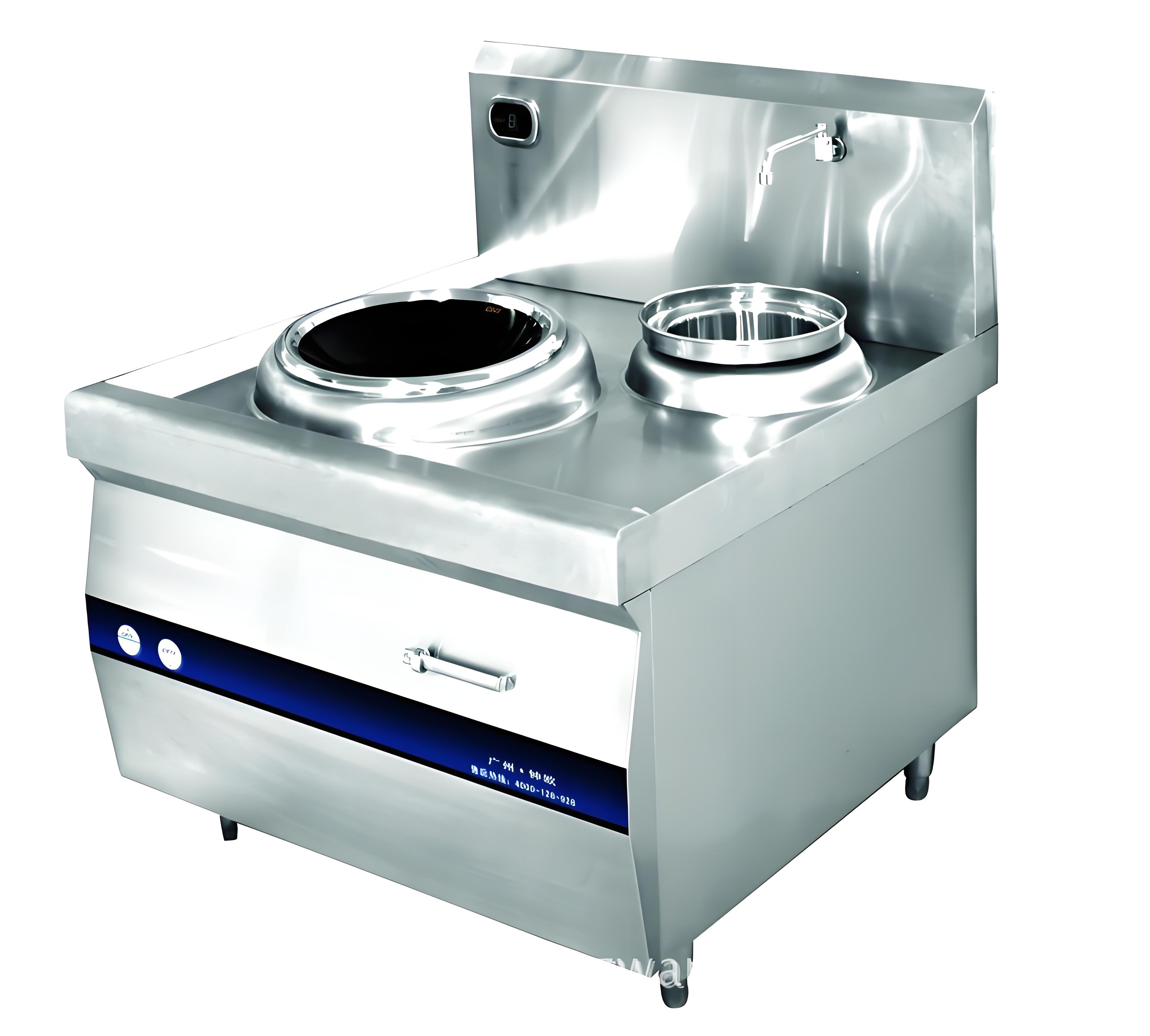
Monitor Power Settings
Avoid running at maximum power for extended periods. For example, after boiling water, reduce to a simmer.
Use multiple burners alternately if you have a multi-burner unit to distribute heat load.
Regular Maintenance
Clean the cooktop surface and vents after each shift to prevent grease buildup.
Check fans for dust monthly and clean with a soft brush or compressed air.
Schedule professional servicing annually to inspect electronics and fans.
Give Breaks When Possible
If your kitchen allows, turn off the cooktop for 10-15 minutes every 4-6 hours to let it cool.
For portable units, a 30-minute break after 5 hours can extend the lifespan.
My Experience: In a busy restaurant, we rotated two induction cooktops during a 12-hour event, giving each a 15-minute break every 4 hours. This kept them running smoothly without any shutdowns.
Troubleshooting Overheating Issues
If your cooktop shuts off or overheats during continuous use, here’s how to diagnose and fix it:
Automatic Shutoff Triggered
Cause: Most cooktops have thermal sensors that shut off the unit if internal temperatures exceed safe limits (typically 70-80°C for electronics).
Fix: Let the cooktop cool for 20-30 minutes. Check vents for blockages and ensure proper airflow.
Fan Not Working
Cause: A faulty or clogged fan reduces cooling.
Fix: Clean fan blades with a brush. If the fan doesn’t spin, contact a technician for repair or replacement.
Power Supply Issues
Cause: Voltage drops or overloaded circuits can cause overheating.
Fix: Verify the cooktop is on a dedicated circuit. Use a voltmeter to check for stable 220-240V supply.
Cookware Mismatch
Cause: Non-induction-compatible cookware forces the cooktop to work harder, generating excess heat.
Fix: Test cookware with a magnet—if it sticks, it’s compatible. Replace incompatible pots or pans.
My Story: A client’s cooktop kept shutting off during a dinner rush. After checking, I found they were using aluminum pans, which aren’t induction-compatible. Switching to stainless steel pans fixed the issue instantly.
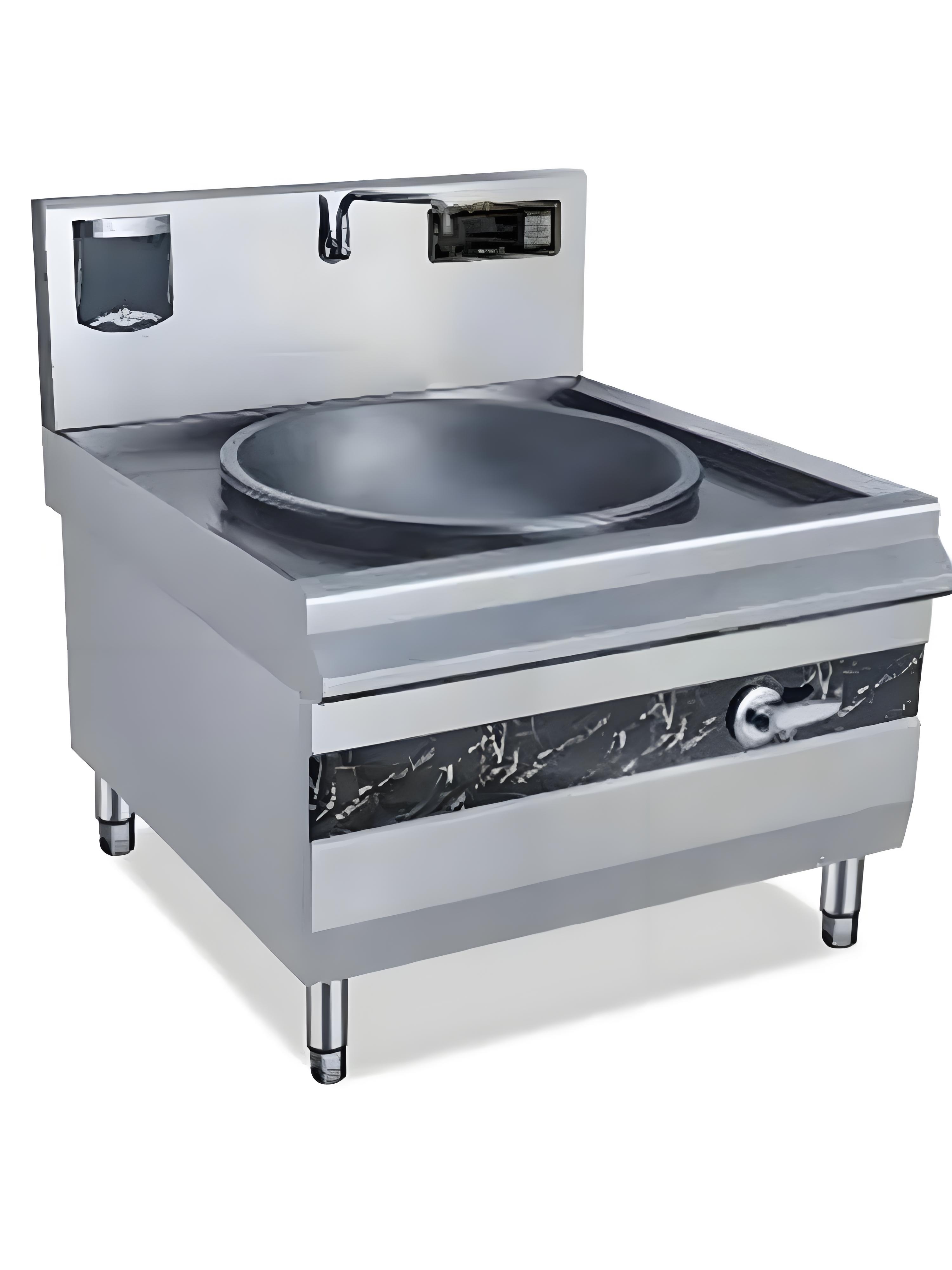
Advanced Tips for Maximizing Continuous Use
For those running high-volume kitchens, here are advanced strategies I’ve used to push induction cooktops to their limits:
Invest in High-End Models
Heavy-duty cooktops with dual fans or liquid cooling systems can handle 10-12 hours of continuous use. Look for models with IPX4 or higher ratings for durability in humid kitchens.
Optimize Kitchen Layout
Arrange cooktops away from walls or other appliances to maximize airflow.
Use heat-resistant counter materials (e.g., stainless steel) to reduce ambient heat buildup.
Monitor Usage Patterns
Track peak usage times and adjust cooking schedules to avoid overloading the cooktop. For example, prep sauces on low heat during quieter hours.
Upgrade Electrical Infrastructure
Install dedicated circuits for each cooktop to prevent power fluctuations.
Use surge protectors to safeguard electronics from voltage spikes.
My Experience: In a large catering kitchen, we upgraded to a 5,000-watt double-burner cooktop with a dedicated 30-amp circuit. It ran for 12 hours during a wedding banquet without a hitch, thanks to excellent cooling and stable power.

My Real-World Example
Last year, I consulted for a mid-sized restaurant transitioning to induction cooking. They used two 3,500-watt commercial cooktops for a 10-hour daily service. Initially, one unit overheated after 6 hours due to poor ventilation (it was tucked in a corner). We moved it to an open counter, cleaned the vents, and alternated high and low power settings. The cooktops then ran smoothly for 8-10 hours daily, boosting efficiency and reducing energy costs compared to their old gas stoves.
Safety Considerations
Continuous use requires vigilance to ensure safety:
Fire Safety: Induction cooktops are safer than gas, but keep flammable materials (e.g., towels, oil) away from the surface.
Electrical Safety: Check cords for fraying and avoid overloading outlets.
User Training: Ensure staff know how to use the cooktop properly, including power settings and cookware compatibility.
My Advice: Train your team to recognize overheating signs (e.g., unusual fan noise or automatic shutoffs) and act quickly to prevent damage.
Wrapping Up: Keep Your Cooktop Running Strong
Commercial induction cooktops can typically handle 4-12 hours of continuous use, depending on their design, power settings, and maintenance. By ensuring proper ventilation, using compatible cookware, monitoring power usage, and maintaining the unit, you can maximize runtime and avoid costly interruptions. My years in commercial kitchens have taught me that preparation and care are everything—treat your cooktop right, and it’ll be a reliable workhorse. If you’re facing specific challenges or need tailored advice, drop a comment below, and I’ll share more insights from my experience!
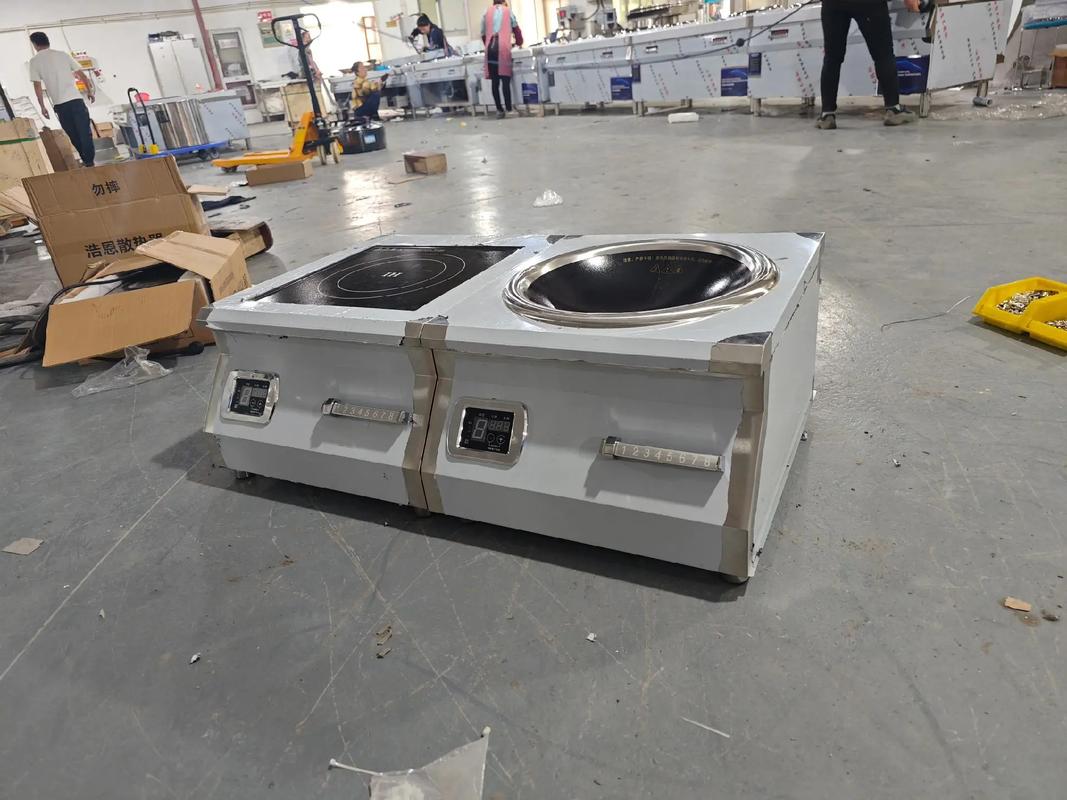
Related Q&A
1. How do I know if my induction cooktop is overheating?
Signs include automatic shutoffs, unusual fan noise, or a hot cooktop surface. Let it cool for 20-30 minutes, check vents for blockages, and ensure proper airflow.
2. Can I run a portable induction cooktop for a full restaurant shift?
Portable units (1,800-2,500W) are best for 4-6 hours of continuous use. For longer shifts, consider a heavy-duty commercial model with better cooling.
3. What cookware works best for continuous induction cooking?
Use ferromagnetic cookware (e.g., cast iron, stainless steel) that matches the burner size. Test with a magnet—if it sticks, it’s compatible.
4. How often should I clean my induction cooktop for continuous use?
Clean the surface and vents after each shift to prevent grease buildup. Deep-clean fans monthly and schedule professional servicing annually.
5. What should I do if my cooktop shuts off during use?
Let it cool for 20-30 minutes, check for blocked vents or incompatible cookware, and verify the power supply. If the issue persists, consult a technician.
